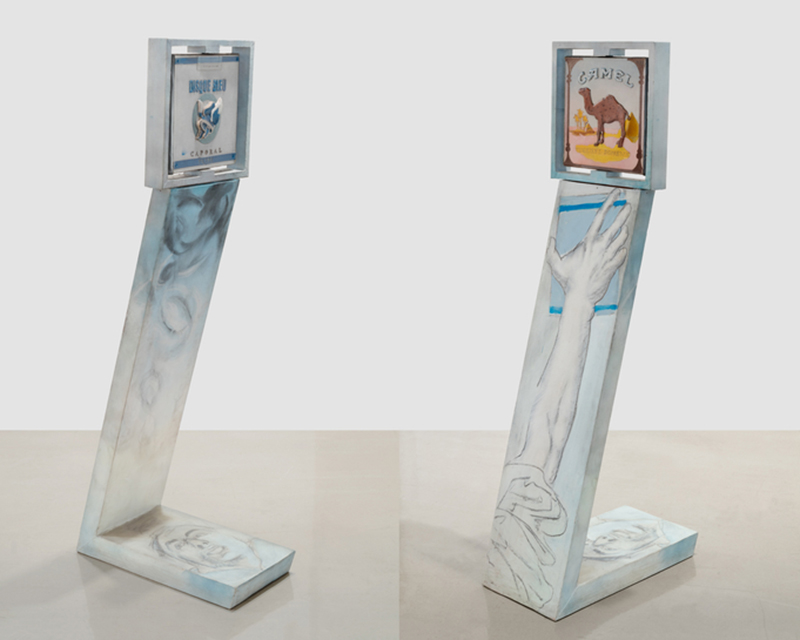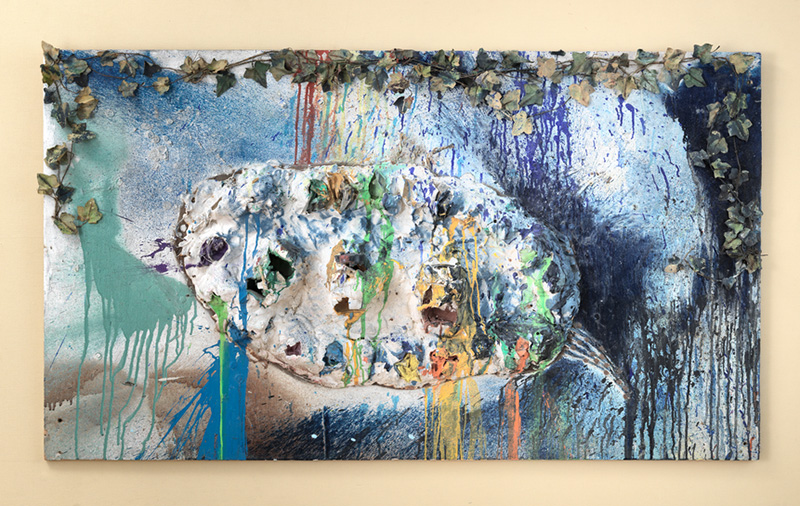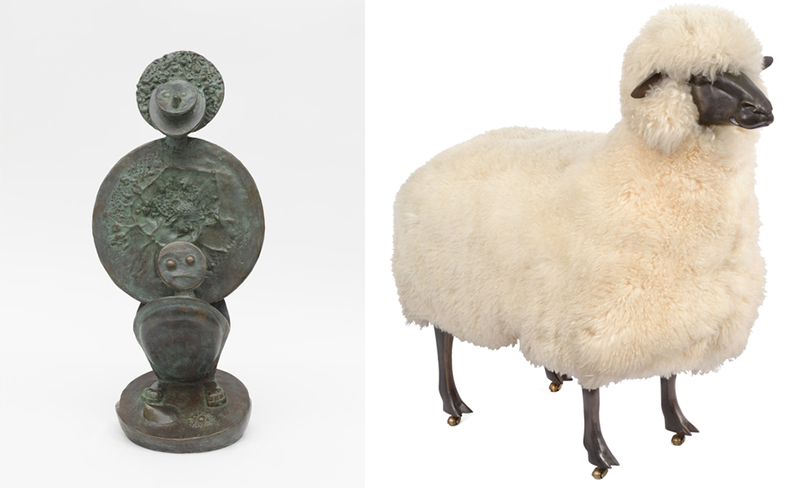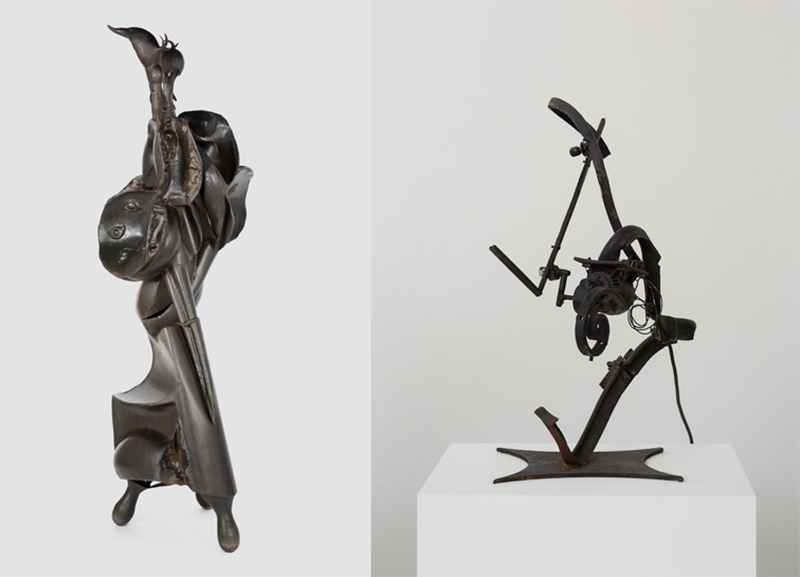ART-PREVIEW:Impasse Ronsin
 There’s a back street in Montparnasse, the entrance to a hospital morgue, where weeds grow in sidewalk cracks. This narrow, nondescript passage, known as the Impasse Ronsin was once an artery of aesthetic energy that, in no small fashion, defined French postwar art in all its insanity. First the site of the sculptor Constantin Brancusi’s studio, Ronsin was later where the likes of Max Ernst, Yves Klein, Niki de Saint Phalle and Jean Tinguely and numerous other seminal 20th Century artists.
There’s a back street in Montparnasse, the entrance to a hospital morgue, where weeds grow in sidewalk cracks. This narrow, nondescript passage, known as the Impasse Ronsin was once an artery of aesthetic energy that, in no small fashion, defined French postwar art in all its insanity. First the site of the sculptor Constantin Brancusi’s studio, Ronsin was later where the likes of Max Ernst, Yves Klein, Niki de Saint Phalle and Jean Tinguely and numerous other seminal 20th Century artists.
By Efi Michalarou
Photo: Paul Kasmin Gallery Archive
Taking as its focus the historic Parisian the exhibition “Impasse Ronsin” includes works by these artists in an elaborate installation designed to embody the collaborative atmosphere of the alley. At the heart of the original Impasse Ronsin complex, as well as in this exhibition, stands Constantin Brancusi, who moved into the Impasse in 1916 and would remain there until his death in 1957. During those years, countless seminal artists made the pilgrimage to the Impasse Ronsin in hopes of meeting the artist, whom Marcel Duchamp famously referred to as “The Queen Mother of the Impasse Ronsin”. The exhibition features a bronze edition of “Princess X”, one of Brancusi’s most iconic forms, as well as a selection of the artist’s vintage photographs depicting the studio and its contents. From the ‘30s through the ‘50s, the Impasse Ronsin was an area closely associated with Dada and Surrealism. While neither had permanent studios in the Impasse, both Man Ray and Marcel Duchamp were fixtures at the complex. Included in the exhibition is a vintage photograph of Brancusi and his dogs taken at the Impasse by Man Ray, as well as an original set of Duchamp’s “Rotoreliefs” and his film “Anemic Cinema” (1926), in which they were used. This Surrealist spirit would remain at Ronsin through the ‘50s and ‘60s, when artists such as William N. Copley, Max Ernst and Les Lalanne would inhabit studios. Max Ernst’s “Dancers Under the Starry Sky” (1951), a painting aptly characteristic of this spirit, will be on view for the first time in 64 years. Also William N. Copley’s “Steroptic Nude” (1951) one of the artist’s most important early paintings and last exhibited in the artist’s 1980 retrospective at the Kunsthalle Bern. The renowned collaborative duo Francois-Xavier Lalanne and his wife Claude Lalanne first met at the Impasse Ronsin in 1952, where iconic works such as “Mouton de Laine” and “Choupatte” were initially conceived, and which will be included in the exhibition. More than anything else, collaboration and perpetual dialogue defined the Impasse Ronsin. In 1961, it was the locale in which Nike de Saint Phalle famously staged her “Shooting Paintings” with the help of Jean Tinguely, Yves Klein and Pierre Restany. On view is “Tir (Fragment de Dracula II)” (1961). Also on view is “Turning Friendship Model” from the same year, a kinetic sculpture made by Larry Rivers with the help of Jean Tinguely. In the rear gallery The Noguchi Museum created an installation that evokes the ‘Brancusi-like’ studio Isamu Noguchi established just south of Paris, in Gentily, in 1927, after serving as the Romanian’s assistant.
Info: Paul kasmin Gallery, 515 West 27th Street, New York, Duration: 28/10/16-24/1/17, Days & Hours: Tue-Sat 10:00-18:00, www.paulkasmingallery.com




